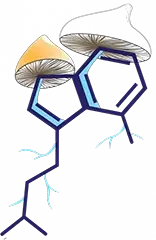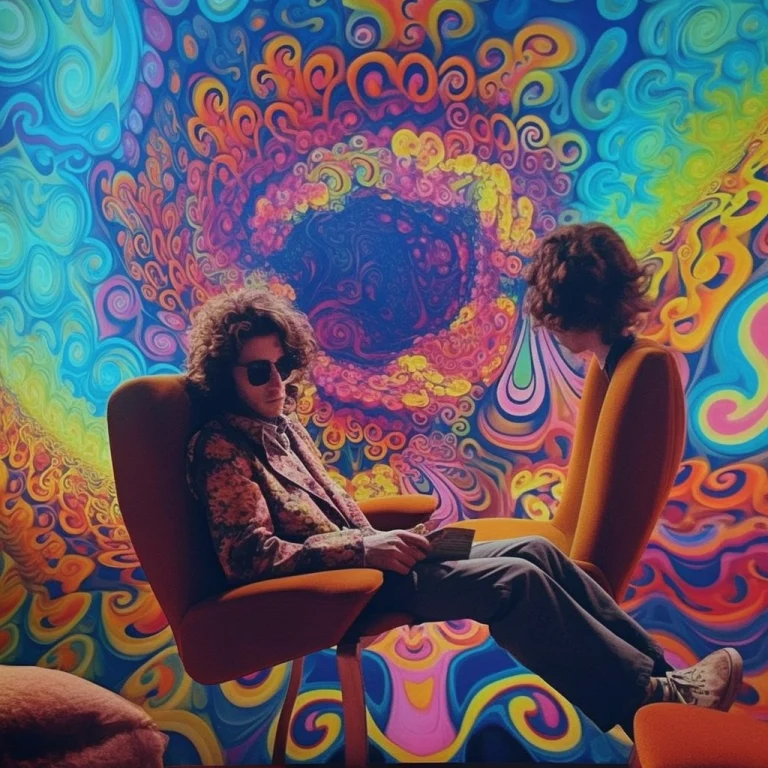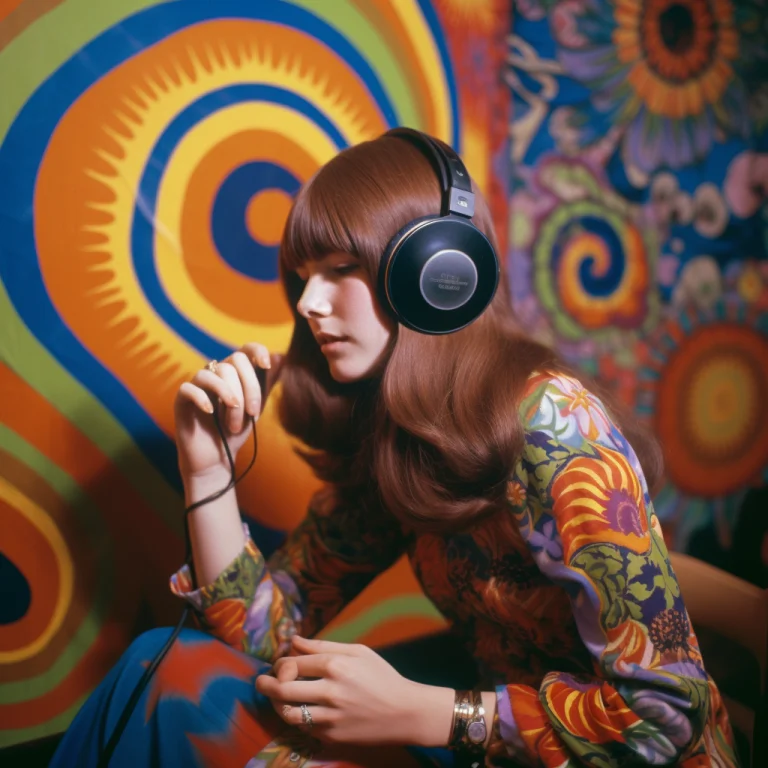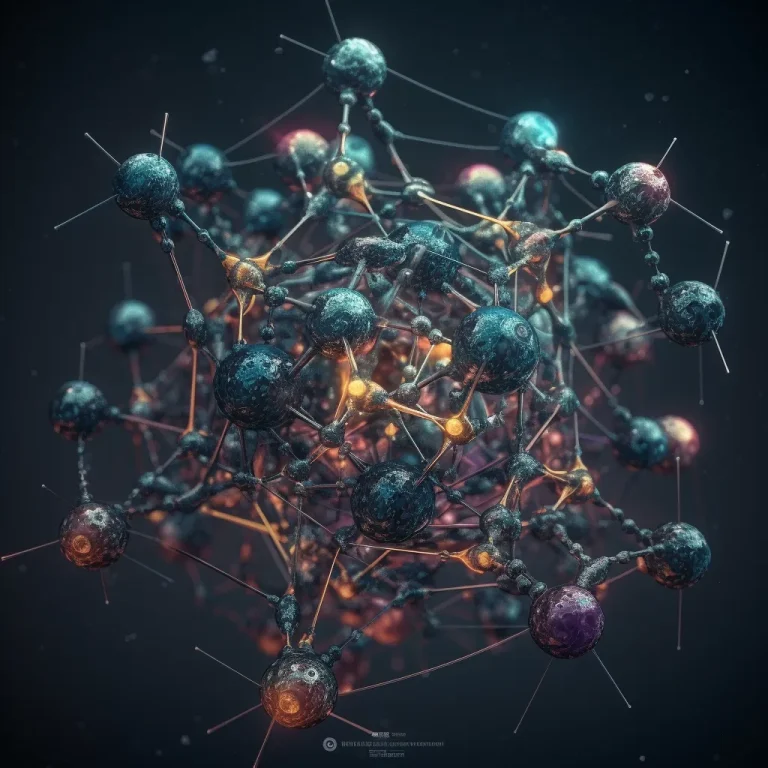Lysergic Acid Diethylamide (LSD) emerged from a laboratory into the limelight, having significantly shaped society, art, music, and psychology. This article uncovers the fascinating journey of LSD, highlighting its origins, medical applications, influence on counterculture movements, and societal reactions.
The Birth of LSD
Albert Hofmann, a Swiss chemist, discovered LSD-25 in 1938 while working at Sandoz Laboratories. Initially understudied due to its intense psychoactive properties, the compound would later become a cornerstone of psychedelic research, as demonstrated by the events of Hofmann’s unexpected LSD trip in 1943.
LSD’s Early Medical Journey
By the 1950s, LSD had made a name for itself as a promising therapeutic tool. Distributed worldwide by Sandoz Laboratories, it was widely used in research and clinical settings. Psychiatrists like Humphry Osmond and Abram Hoffer reported positive outcomes in their studies, particularly regarding LSD’s potential in treating alcoholism and various psychiatric conditions.
LSD and the Counterculture Movement
During the 1960s, LSD saw an unexpected cultural shift. Pioneered by psychologists like Timothy Leary and notable figures like Ken Kesey, LSD was no longer restricted to medical use. It rapidly gained popularity among artists, musicians, and intellectuals and significantly influenced the music and art scene of the time, shaping a new genre – psychedelic rock, and a unique aesthetic in visual art.
Societal Reaction and Legal Consequences
However, this explosion of LSD usage was not without controversy. Negative media portrayal and a few high-profile incidents associated with LSD led to societal fear and stringent legal measures. The Controlled Substances Act of 1970 in the United States classified LSD as a Schedule I substance, effectively halting its clinical use and research.
LSD’s Legacy and the Resurgence of Interest
Despite the legal and societal hurdles, LSD’s influence on psychology, neuroscience, and popular culture remained impactful. Contemporary research at institutions like Johns Hopkins University and Imperial College London is rediscovering its therapeutic potential, aiming to address mental health challenges like depression and post-traumatic stress disorder. Its aesthetic and philosophical influence continues to resonate in modern music, art, and literature.
Conclusion
From its humble beginnings in a Swiss laboratory to its powerful impact on counterculture movements, LSD’s journey is a testament to the complex interplay between science, society, and psychoactive substances. As we reflect on this past, we are better equipped to navigate the present, enabling a more responsible approach towards the use, research, and potential therapeutic applications of LSD and similar substances.
[gap height=”130px”]
[ux_image id=”8401″]
[gap height=”130px”]
We hope that you have gained a little more understanding and wisdom after reading through our article about LSD. We hope that it has inspired you to explore the multitude of possibilities through LSD.
Shroomhub is your trusted online source in Canada for all things Psychedelic, from Magic Mushrooms, LSD and even DMT, take advantage of our weekly deals and bargain prices you wont find anywhere else!
[gap height=”130px”]
[message_box]
[row v_align=”middle” h_align=”center”]
[col span=”9″ span__sm=”12″]
Author
Freelance Writer
Leo Thomas
[/col]
[col span=”2″ span__sm=”12″ align=”center”]
[button text=”Linkedin” color=”white” style=”outline” radius=”99″ link=”https://www.linkedin.com/in/leo-thomas-24b827279/”]
[/col]
[/row]
[/message_box]



